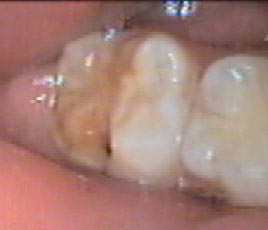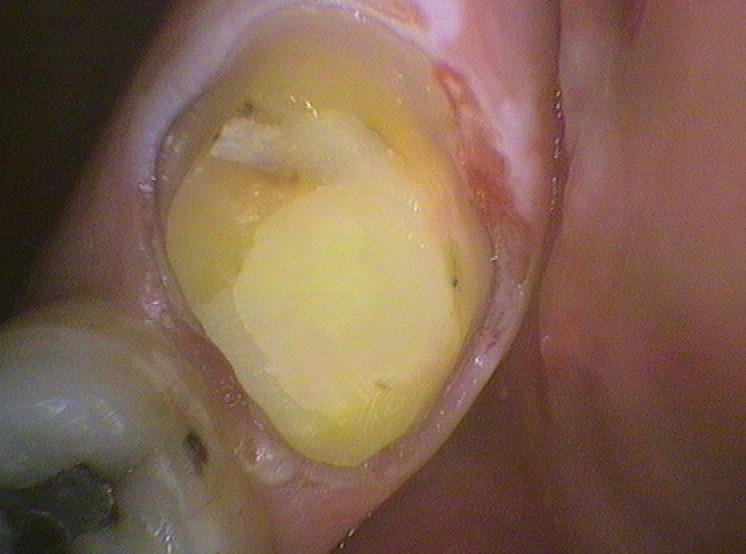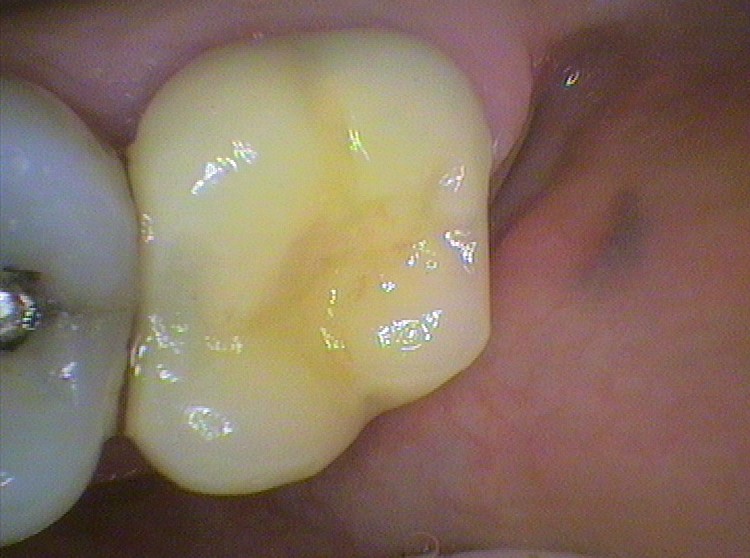Treatment of Enamel defects (Hypoplasia and Hypo-calcification) – Part Four: More extensive treatment – Crowns
The more extensive the defects the less likely restorations will last. The support of the tooth is so weakened and porous that decay can get under the filling or the filling just falls off. When decay does occur it can be rampant. Remember there is already an extensive loss of tooth, so the decay can be getting close to the nerve.

So the tooth may be getting sensitive and difficult to use as will wear down more easily. Placing a crown to cover the entire tooth surface that finish out outside of the defective enamel is an option. The crown finishes at the gum line all the way around the tooth. A thin layer of tooth is removed to allow for the crown and to ensure that the crown finishes beyond the defective tooth structure. The crown is cemented. This then provides a wear resistant tooth, and reduces the risk of decay, with an easily cleanable surface.


However, in some cases even the remaining tooth/root structure is defective and cannot be used for a crown. Next week we will explore more options for these lifelong defective teeth.
Need an Appointment?
If you’d like to book an appointment with the dentist at Seymour Dental then call us in Dulwich Hill, Sydney on (02) 9564 2397 or
contact us
Next week
Treatment of Enamel defects (Hypoplasia and Hypo-calcification) – Part Five: More extensive treatment – Other options - more severe cases